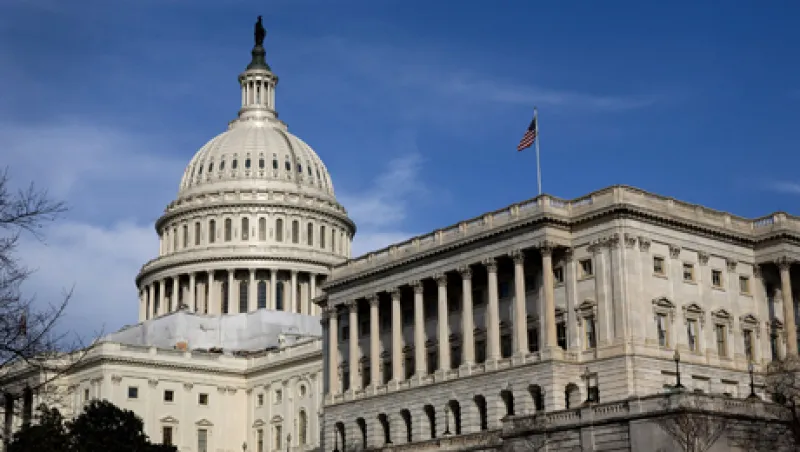If there is one thing most Americans can agree on, it is that the quality of their government is bad and getting worse — except maybe it isn’t, at least at the state level. Statehouses have acted decisively on budgetary discipline while Washington dithers, shrinking aggregate deficits from $191 billion in the 2010 fiscal year to a projected $47 billion for FY 2013, according to the Center for Budget and Policy Priorities.
States are also in the midst of a governance and transparency revolution. That is the upshot of an annual survey on online access to public spending released last week by the U.S. Public Interest Research Group (U.S. PIRG). All but four of the 50 statehouses now offer easily navigable web sites where concerned citizens can monitor outlays down to the ‘check-book level,’ up from 32 in 2010, the D.C.-based watchdog found. “We were impressed to see the progress over the past few years,” says Phineas Baxandall, the USPIRG analyst who ran the project.
The relative rankings of the states, which U.S. PIRG graded pedantically at A through F, also turned out to be encouragingly unpredictable. Republican and Democratic administrations were equally likely to be stars or dropouts. States with backwater reputations like Kentucky and West Virginia were among the A students, while supposed bastions of advancement like Wisconsin and Vermont both earned D-minuses. Texas was valedictorian with a grade of 98, though more thanks to independently elected comptroller Susan Combs than its famous governor Rick Perry, Baxandall says.
How relevant are these findings on transparency to bond investors? A bit, market pros say. Governance accounts for fully 30 percent of a state’s credit rating, says Emily Raimes, an analyst with Moody’s. But the agency looks at top-down best practices such as whether budgets and audits are delivered on time, as well as “initiatives and referendums that might interfere with the budgeting process.” (Take that, California.) “Transparency is not a part of governance that impacts ratings,” she says. Indeed, U.S. PIRG’s idea of virtue does not correlate with that of the ratings agencies. Iowa, which failed U.S. PIRG’s transparency test altogether, gets an AAA credit rating from Moody’s, while public access avatars such as Kentucky and Louisiana receive much weaker Aa2s.
Joseph Narens, a municipal credit analyst at fixed-income mega-investor Pimco, is less dismissive of U.S. PIRG’s work. Transparency is a precondition but not sufficient condition for buying bonds, he says. “If you’re not forthcoming, you’re dead.”
Information from the web sites U.S. PIRG monitors can be useful in seeing how efficiently a state government spends its current revenue, Narens adds. But bond analysts and buyers are at least equally concerned with future obligations for employee pensions and health care, a realm where statehouses can quickly get more murky. “Some of these governments have extremely underfunded pensions and no firm plans to do much about it,” he says.
Narens and Raimes both broadly agree with Baxandall that states are becoming more open with financial information, pushed by a combination of technology, federal securities market regulation and investors now more vigilant about credit risk since the 2007-2008 crisis. Baxandall does sound a warning note, though, about quasi-public agencies: port authorities, transit systems, water boards and the like that are heavy bond issuers in their own right.
While many of these bodies were originally spun off from state governments to make sure they could repay their borrowing from a clear revenue stream, they have largely ducked the transparency wave washing over elected officials. “They are lagging where they should lead,” Baxandall notes. That is something investors should certainly think about.






